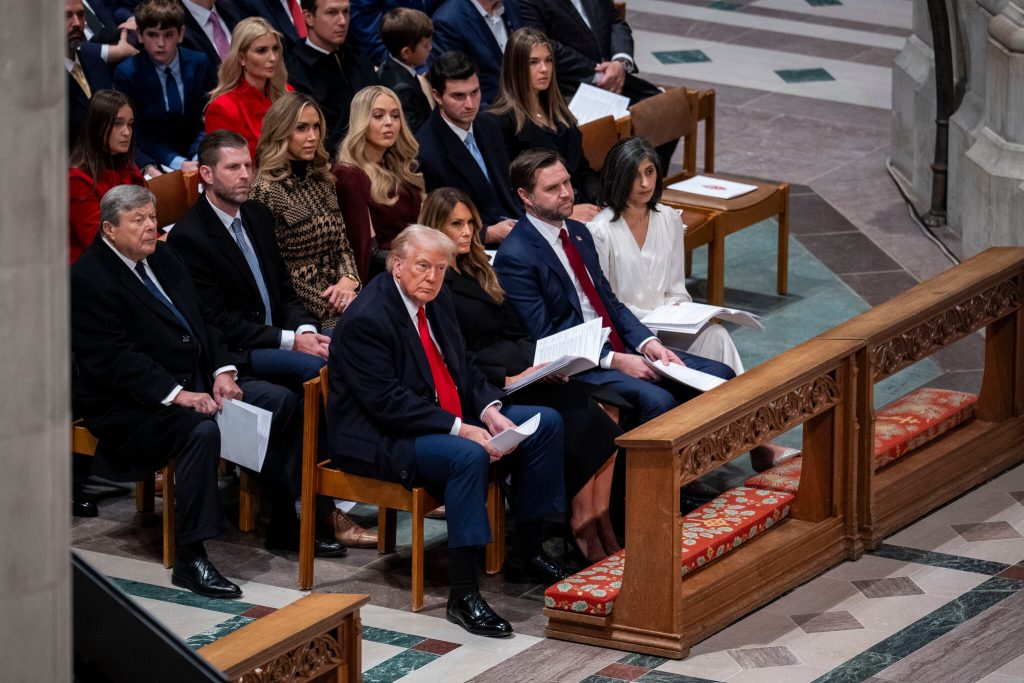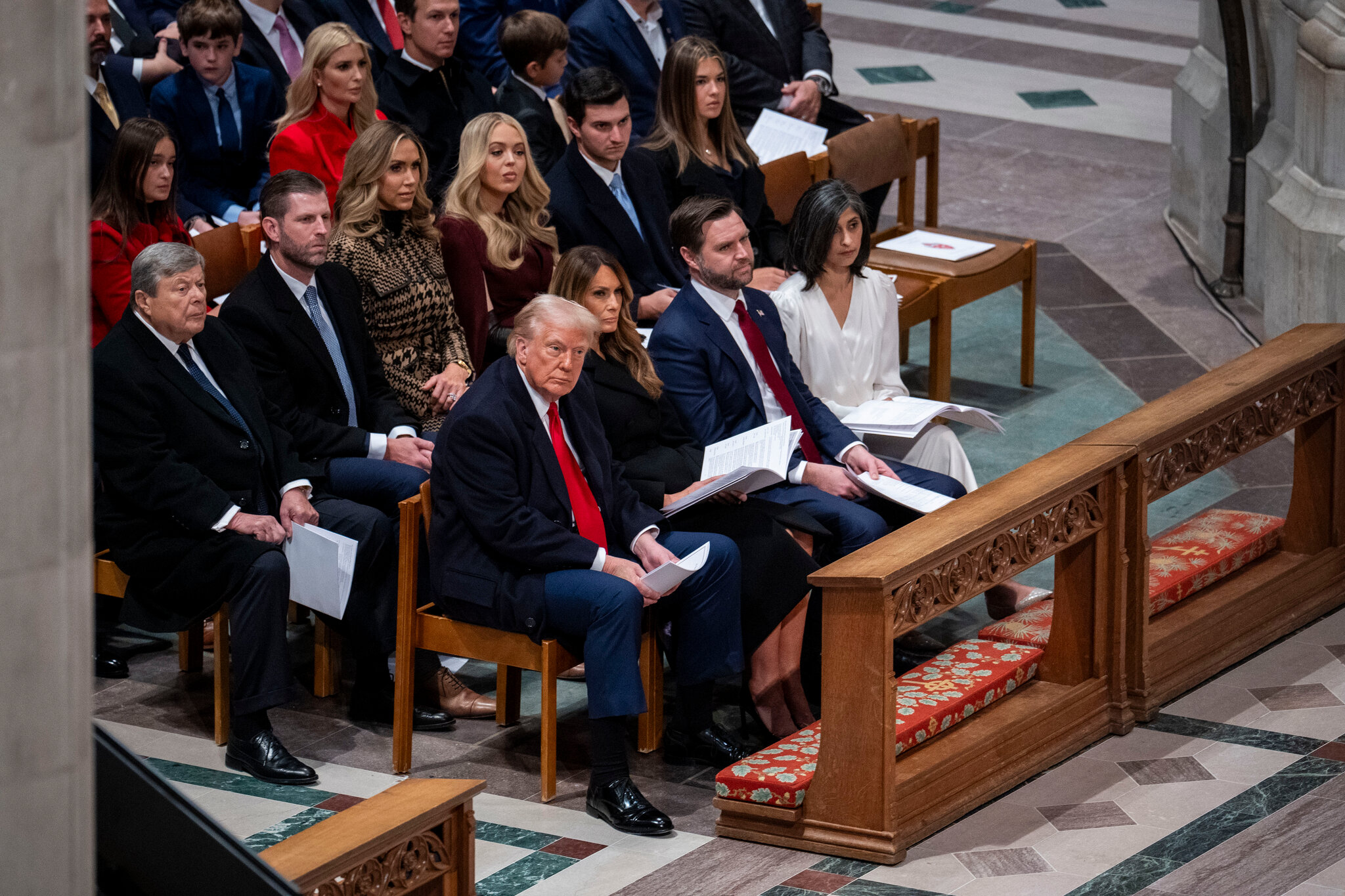
Funding Cut for Art Show Featuring African Descent Artists Amid Trump DEI Crackdown

# **Art Museum of the Americas Cancels Afro-Caribbean Exhibition Amid DEI Crackdown**
The Art Museum of the Americas (AMA), a Washington, DC-based institution dedicated to showcasing Latin American and Caribbean art, has canceled an anticipated exhibition featuring artists from the African diaspora. The decision comes in the wake of the Trump administration’s recent efforts to defund programs focused on Diversity, Equity, and Inclusion (DEI).
## **The Canceled Exhibition: “Before The Americas”**
Curated by Cheryl D. Edwards, *Before The Americas* was in development for four years and scheduled to open on March 21. It was intended to feature 40 works from Afro-Latino, Caribbean, and African American artists, examining themes of migration, colonial histories, and the interconnectedness of African diasporic culture in the Americas.
Among the notable artists in the exhibition were the late Alonzo Davis, a pioneering Black gallerist and abstract artist, and Elizabeth Catlett, a renowned Mexican-American sculptor whose work focuses on Black identity and resistance.
“This would have been the first show that they would have had this many African American artists in their galleries at one time,” Edwards told *Hyperallergic*.
## **Why Was the Exhibition Canceled?**
On February 10, AMA leadership informed Edwards that the exhibition had been defunded and labeled as a “DEI program and event” by the Trump administration, which has become increasingly hostile toward federal DEI initiatives.
When Edwards suggested raising private funds to support the exhibition, the museum rejected the proposal. “This is not a fundraising issue,” Edwards said. “This is an issue of silencing DEI visual voices … and discrimination based upon race, caste, and class.”
## **Political Influence on Art Institutions**
The AMA is part of the Organization of American States (OAS), a multilateral diplomatic body comprised of 34 nations, including the United States. Although a new US ambassador to the OAS has not yet been appointed, Secretary of State Marco Rubio recently issued revised foreign policy mandates, which include eliminating funding for what he called “divisive political and cultural causes.”
Internal emails indicate that the US government was the primary sponsor of *Before The Americas*, and its defunding appears to align with the broader rollback of DEI-based federal support.
## **Concerns Over Artistic Censorship**
The cancellation has raised alarms within the art world, as it suggests increasing government interference in curatorial decisions. Criticism has come from artists, cultural activists, and art historians who see this move as part of a larger pattern of restricting narratives about race and representation.
Michelle Talibah, a painter whose work *One* (1979) was included in the exhibition, emphasized the cultural impact of such decisions:
“At a time when institutions of cultural and historical significance are facing systemic dismantling, we are also witnessing the erosion of free expression and artistic freedom.”
Edwards echoed these concerns:
“This exhibition was tied to the OAS’s 2016 Plan of Action for the Decade for Persons of African Descent in the Americas,” she stated, referring to an official OAS program that calls for increased visibility of Afro-Latinx and African American voices in cultural institutions. “By canceling this show, they are going against their own stated mission.”
## **Future Plans for the Exhibition**
Despite the cancellation at AMA, Edwards is determined to find an alternative venue for *Before The Americas.* She is currently exploring options to relocate the exhibition to another museum or gallery space later this year.
One of the participating artists, Claudia “Aziza” Gibson-Hunter, whose mixed-media work was included in the planned show, expressed hope for its revival:
“To have this exhibition censored is another vicious cultural act,” she said. “But our work will find its way to the public.”
## **What’s Next for DEI in the Arts?**
The rejection of *Before The Americas* signals a larger trend of political intervention in arts and culture. While some critics argue that government-funded institutions should adhere to ideological neutrality, many artists and cultural advocates insist that eliminating DEI initiatives stifles marginalized voices and erases historical truths.
As government policies continue to shift, the art world faces a challenging landscape — one where curators, institutions, and artists must navigate both creative expression and political realities.